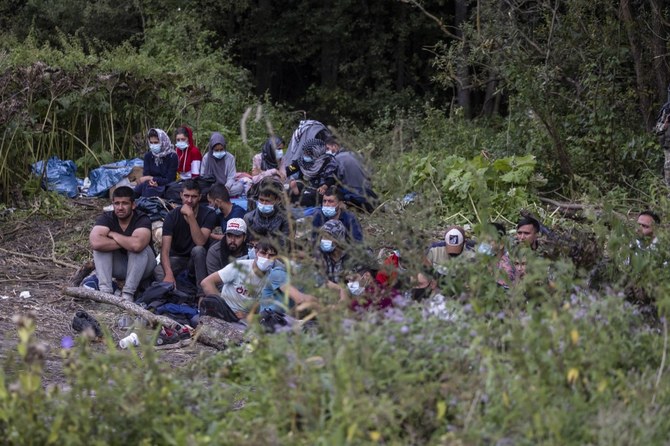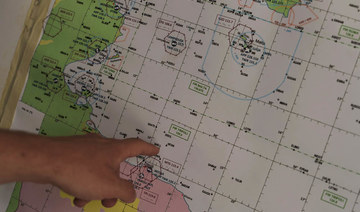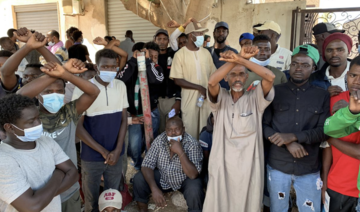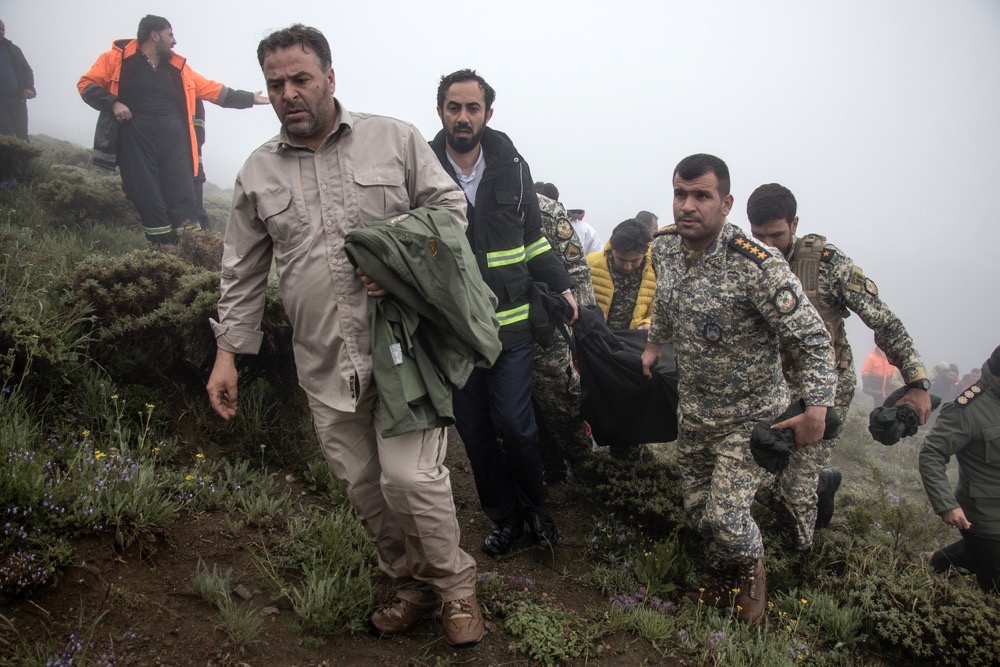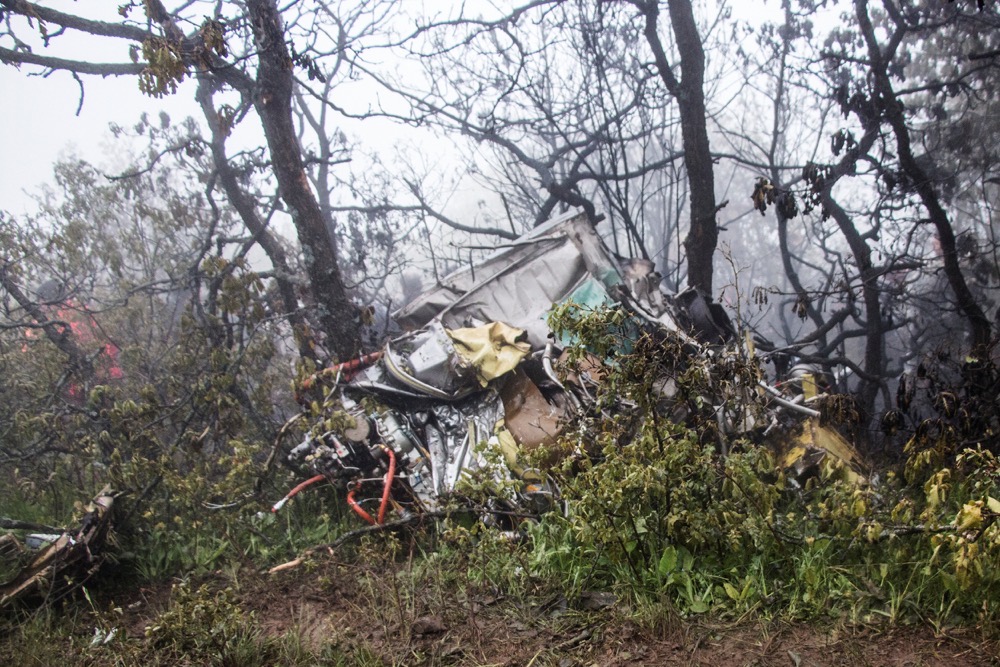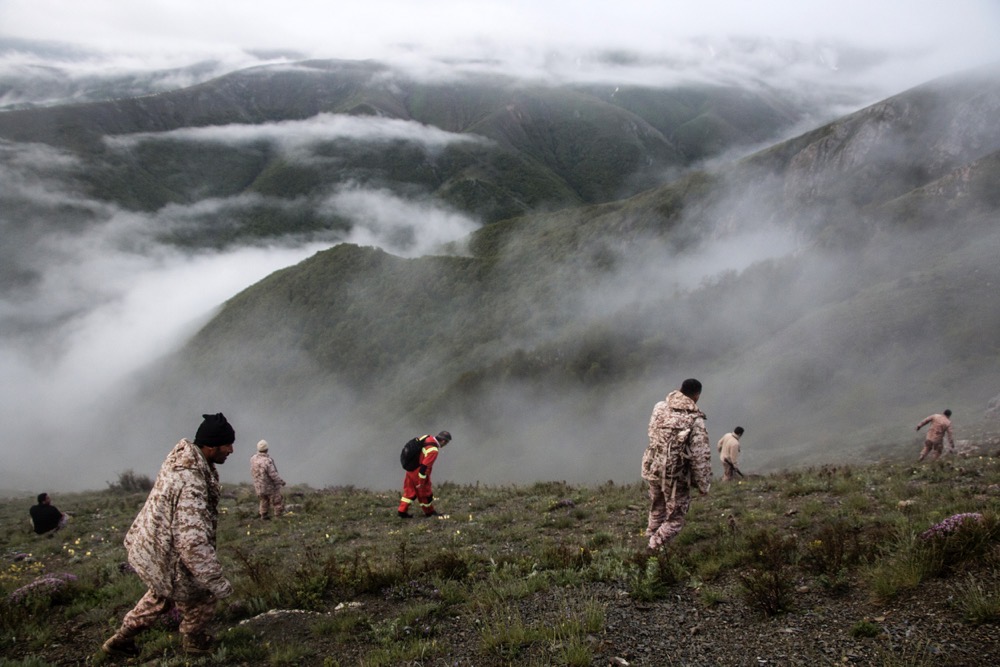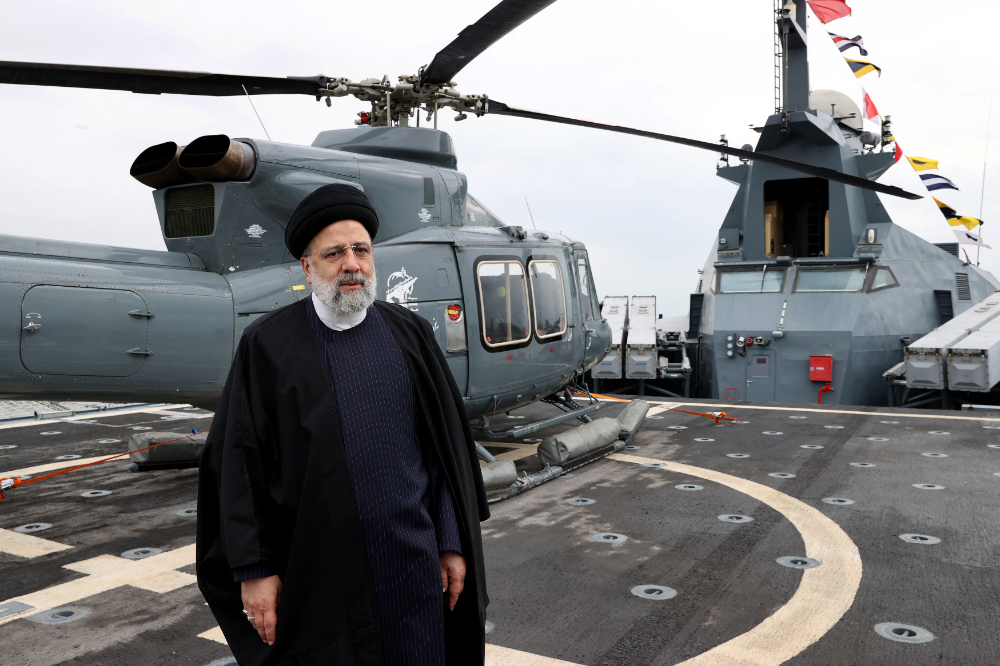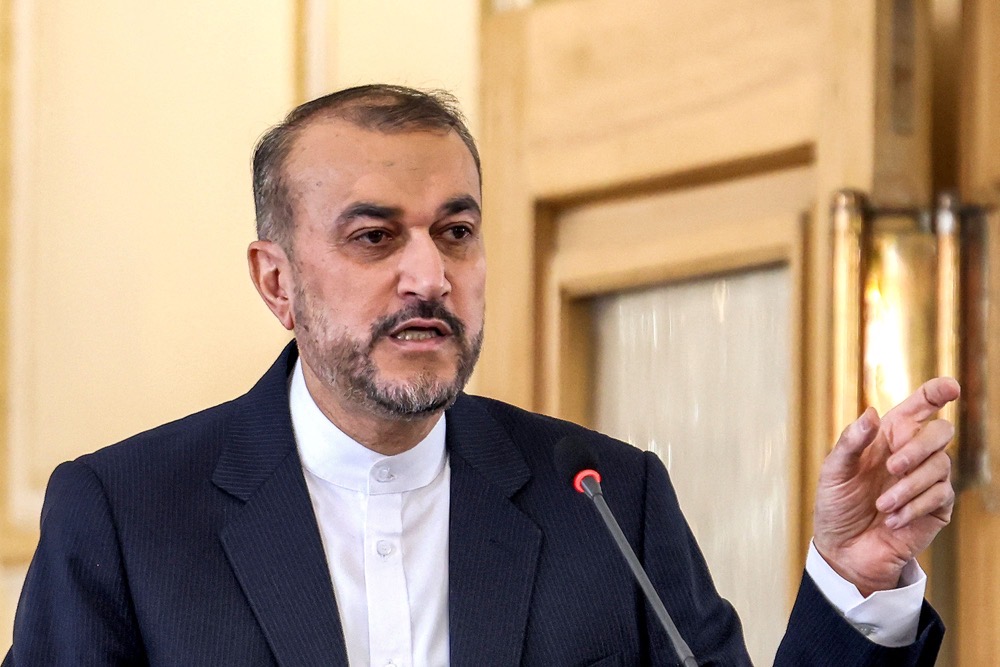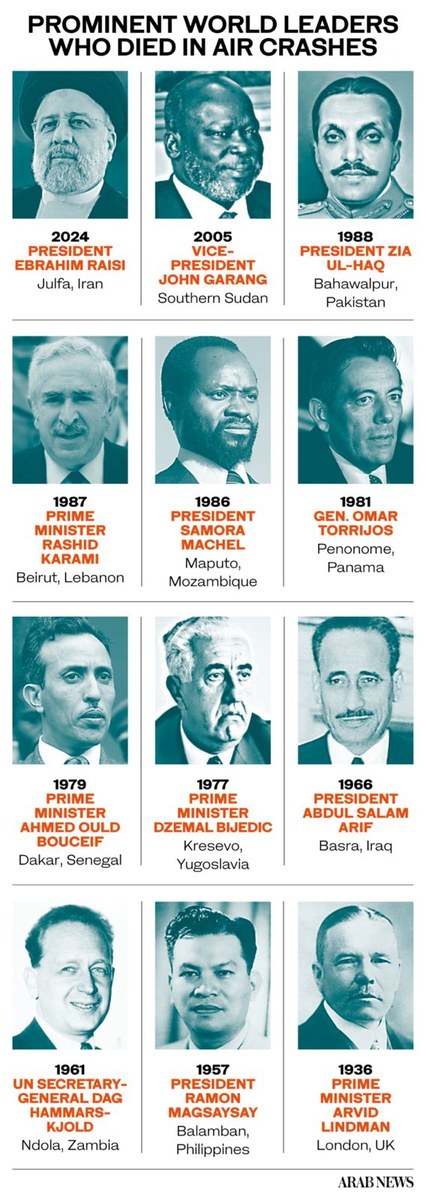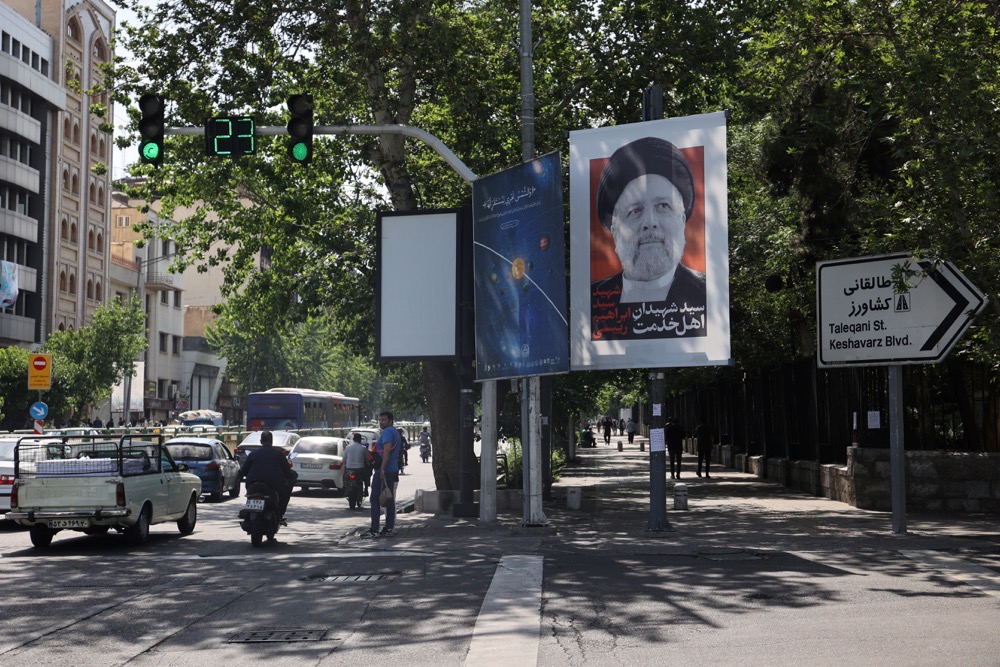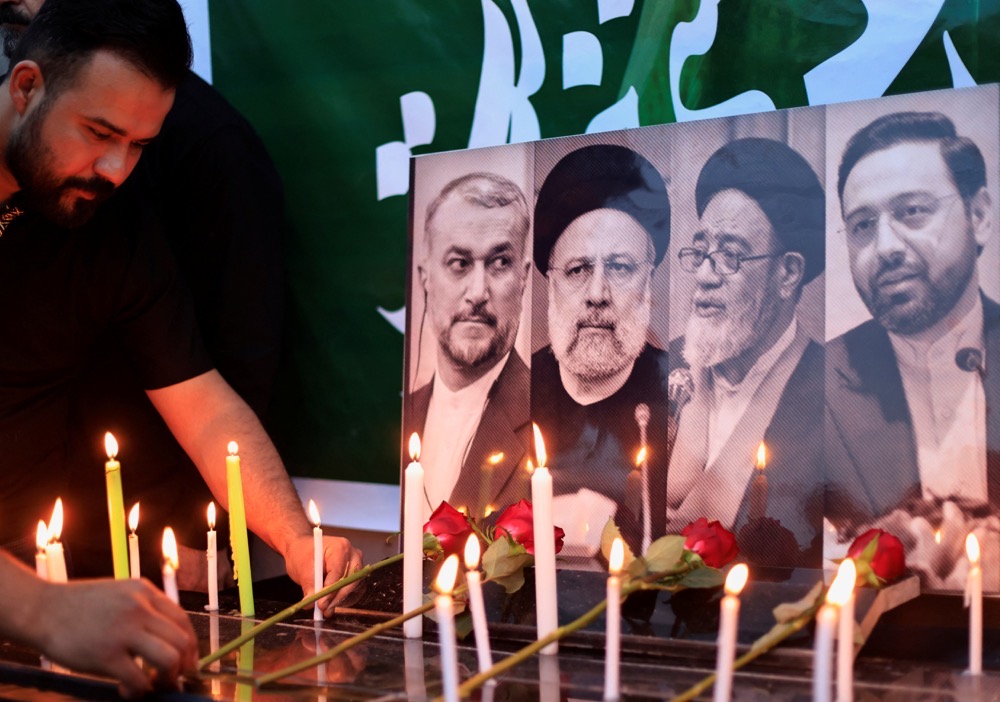BEIRUT: Struggling to cope with soaring living costs and low wages, desperate Syrian refugees and workers are abandoning Lebanon and turning to a new migration route into Europe, via Belarus, with many risking their lives and family savings in the process.
An illegal Syrian worker who arrived in Beirut four years ago and lives with his 20-year-old sister in the capital told Arab News that “working in Lebanon no longer makes sense.”
“I work all day long delivering goods to be paid 50,000 Lebanese pounds (equivalent to $2.50 on the black market),” Ahmed said. “That is not nearly enough because of the rising costs.”
In the past two months alone, more than 16,000 undocumented migrants are believed to have entered the EU from Belarus after Belarusian President Alexander Lukashenko responded to Brussels-imposed sanctions by saying he will no longer stop asylum-seekers from crossing into neighboring Poland.
Belarus has been accused of offering migrants tourist visas and helping them across its border — a move that appears to have made the previous migrant route through Turkey and on to the Greek islands a thing of the past.
Arab and foreign airlines arranging trips to Belarus through Lebanon have seen demand surge since September, while Syrians have been queuing outside the General Directorate of Public Security’s offices in Beirut for hours to have their passports returned or to pay residency fees.
Lebanese citizens can obtain a visa for Belarus once they arrive at Minsk airport. However, Syrians, Iraqis and Palestinians are required to get a tourist visa in advance.
Ahmed told Arab News that he found a video on TikTok of Syrians talking about their trip to Belarus, then Poland and finally to Germany, and claiming that the journey is less risky than traveling by sea.
“I am now getting my documents ready to leave before the end of October, because things will not get easier after that because of the conditions in winter,” he said.
Migrants undertaking the journey face hazardous conditions, with freezing overnight temperatures and the risk of getting lost in dense forests along the 500 km frontier. They must also deal with people smugglers of different nationalities who demand thousands of dollars in advance payments.
Social media posts offer details about the journey and the sums migrants can expect to pay. Those who reach their final destination reassure their families that they have arrived at “the camp” — an expression refugees use to describe salvation, as they pursue a “better life.”
Ali, 35, who has worked as a janitor in Beirut’s suburbs for more than 10 years, said that friends who completed the migration route called him via WhatsApp and “seemed very happy.”
However, Ali said that he would not consider making the trip. “Migrants must be young. There is no place for families on such an arduous journey.”
Belarus’ announcement at the end of May that it would not stop migrants from entering Europe came in response to a series of EU sanctions imposed after Belarusian authorities forced a passenger plane to land in Minsk and seized opposition journalist Roman Protasevich who was on board.
Following the incident, the EU banned Belarusian carriers from using its airspace and airports.
A Syrian worker, who declined to be named, said: “Syrians in Syria and Lebanon have heard stories about migration to Belarus, then on to Europe, since August, but they remained skeptical about this route until September.”
He added: “Those who work legally in Lebanon have the right to travel from Beirut International Airport and the right to return to Lebanon as long as their residency permits are valid, but if a refugee wishes to leave Lebanon and go to Belarus, they are required to sign a document stating they will never come back.”
The website of the Belarusian Consulate in Lebanon provides instructions on obtaining an entry visa for Belarus, with a list of required documents and visa fees. Syrians, Iraqis and Palestinians need a tourist visa to enter the country, and must provide the name of the airline, a passport valid for at least six months, and an insurance policy that costs €12 ($14). A single-entry visa costs €25.
The embassy’s website has been overwhelmed with questions from Syrians seeking a “tourist visa for one week.”
Three airlines, Syrian Air, Emirates and Turkish, fly to Minsk from Lebanon. According to Syrians, the flights “are fully booked by tourists.”
Ahmed said: “The tourism office asked me to pay $4,000 for the visa, a one-week hotel reservation and a ticket. When I get to Belarus, I will have to wait with a group of 10 or 15 people for someone who will get us a mobile phone with Internet access and a pinned location on the Belarusian-Polish border that we are supposed to reach by foot, crossing through a forest on the frontier.”
He said that the journey might take hours. “When we reach the location, a car will be waiting for us on the Polish side of the border to get us into Germany. There, we will turn ourselves in and ask for asylum. To get from Belarus to Poland, my family must transfer $3,000 to an account in Turkey, whose owners will handle the cost of the next phase, from Poland to Germany.”
Crossing from Belarus into Poland is getting increasingly difficult.
Ali was told by his friends that “the Belarusian police turn a blind eye to those walking in the jungle, but the Polish security authorities have very strict measures. If they catch people trying to cross the borders illegally, they send them back to Belarus. However, asylum-seekers do not give up. They keep trying. Those who fail to reach the location, return to their hotels and try again the next day.”
He said that “those who handle the smuggling operation are from different nationalities, and might be Belarusian, Iraqi or Syrian.”
Ali also said that his relative “got lucky while crossing the jungle, as he fell and injured his leg, but there was a Syrian doctor in the group, who is also an asylum-seeker.”
Poland said that its border patrols have detained hundreds of migrants since August. Groups of migrants include Afghan, Iraqi and Syrian refugees, as well those from Turkey and Jordan.
According to press reports, several asylum-seekers have died of exhaustion as temperatures in the forests on the Belarusian-Polish border plummet.
The Polish Press Agency reported that the body of a 19-year-old Syrian man who drowned in the Bug River on the border was found on Wednesday.



